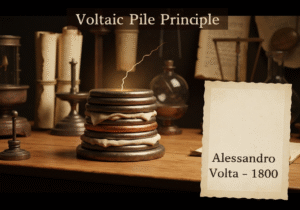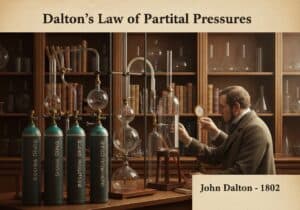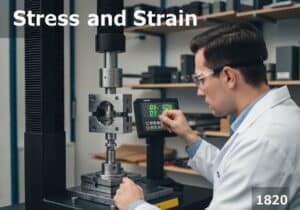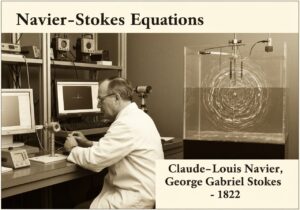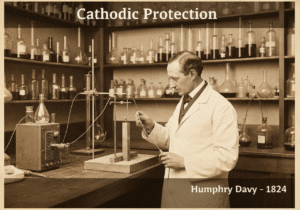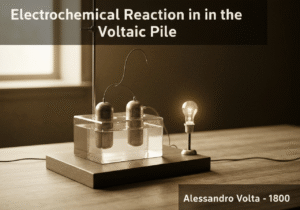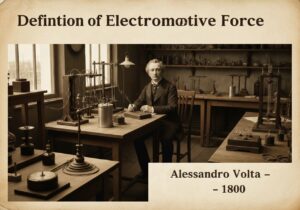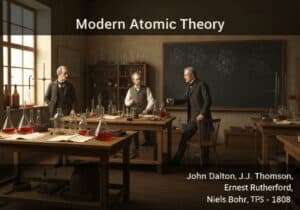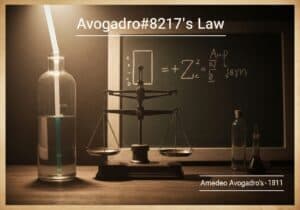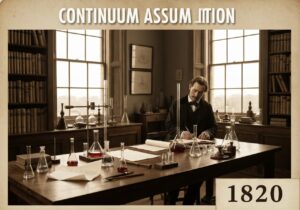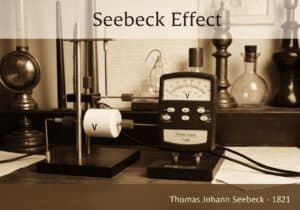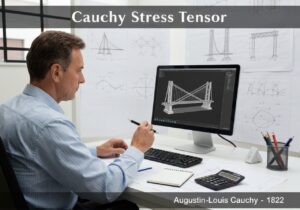The speed of sound ([latex]c[/latex]) in a perfect gas is determined by its thermodynamique properties, not its pression or density alone. The formula is [latex]c = \sqrt{\gamma R_s T}[/latex], where [latex]\gamma[/latex] is the heat capacity ratio ([latex]c_p/c_v[/latex]), [latex]R_s[/latex] is the specific gas constant, and [latex]T[/latex] is the absolute temperature. Thus, sound travels faster in hotter gas.
Speed of Sound in a Perfect Gas
- Pierre-Simon Laplace

The propagation of sound is a mechanical wave that travels through a medium by causing adiabatic (i.e., no heat transfer) compressions and rarefactions. Isaac Newton first attempted to calculate the speed of sound assuming an isothermal process, which yielded an incorrect result. Pierre-Simon Laplace corrected this by recognizing that the compressions and rarefactions happen so quickly that there is no time for significant heat exchange with the surroundings, making the process adiabatic.
For a perfect gas undergoing an adiabatic process, the relationship between pressure and density is [latex]P \propto \rho^\gamma[/latex]. The speed of sound is generally given by [latex]c = \sqrt{(\partial P / \partial \rho)_S}[/latex], where the derivative is taken at constant entropy (adiabatically). Applying this to the perfect gas model yields [latex]c = \sqrt{\gamma P / \rho}[/latex]. By substituting the perfect gas law in the form [latex]P = \rho R_s T[/latex], we arrive at the more common form [latex]c = \sqrt{\gamma R_s T}[/latex]. This equation reveals the crucial insight that the speed of sound in a gas depends only on its composition (which determines [latex]\gamma[/latex] and [latex]R_s[/latex]) and its absolute temperature.
Type
Perturbation
Utilisation
Précurseurs
- Newton’s formula for the speed of sound (isothermal assumption)
- concept of adiabatic processes
- ideal gas law
- definition of heat capacity ratio
- wave theory
Applications
- aerodynamics and aerospace engineering (calculating mach number)
- design of supersonic aircraft and rockets
- acoustics and noise control engineering
- non-destructive testing of materials using ultrasound
- meteorology for analyzing atmospheric phenomena
Brevets :
Innovations potentielles Idées
!niveaux !!! Adhésion obligatoire
Vous devez être membre de l'association pour accéder à ce contenu.
DISPONIBLE POUR DE NOUVEAUX DÉFIS
Ingénieur mécanique, chef de projet, ingénierie des procédés ou R&D
Disponible pour un nouveau défi dans un court délai.
Contactez-moi sur LinkedIn
Intégration électronique métal-plastique, Conception à coût réduit, BPF, Ergonomie, Appareils et consommables de volume moyen à élevé, Production allégée, Secteurs réglementés, CE et FDA, CAO, Solidworks, Lean Sigma Black Belt, ISO 13485 médical
Nous recherchons un nouveau sponsor
Votre entreprise ou institution est dans le domaine de la technique, de la science ou de la recherche ?
> envoyez-nous un message <
Recevez tous les nouveaux articles
Gratuit, pas de spam, email non distribué ni revendu
ou vous pouvez obtenir votre adhésion complète - gratuitement - pour accéder à tout le contenu restreint >ici<
Contexte historique
Speed of Sound in a Perfect Gas
(si la date est inconnue ou n'est pas pertinente, par exemple "mécanique des fluides", une estimation arrondie de son émergence notable est fournie)
Invention, innovation et principes techniques connexes
